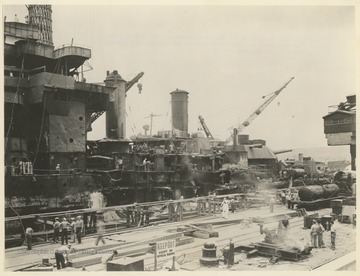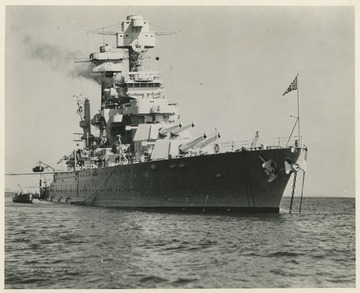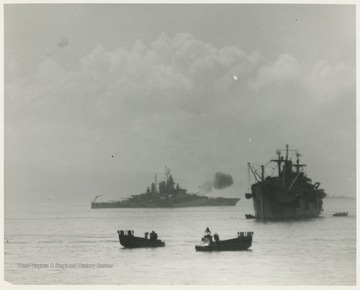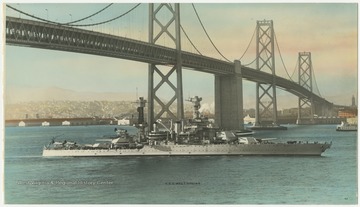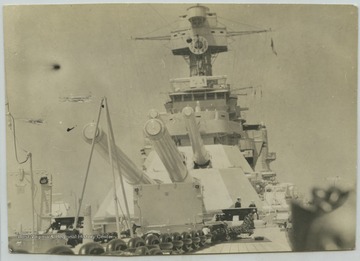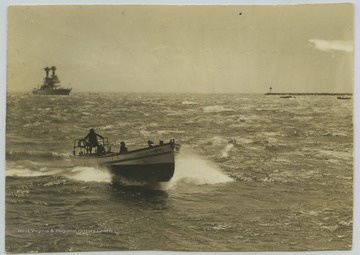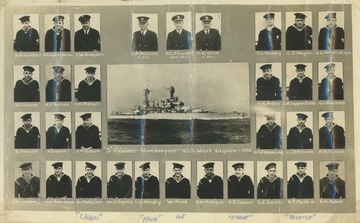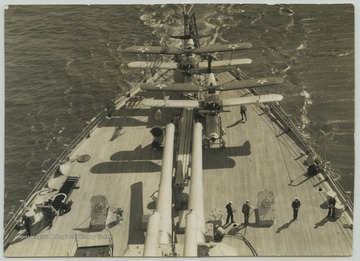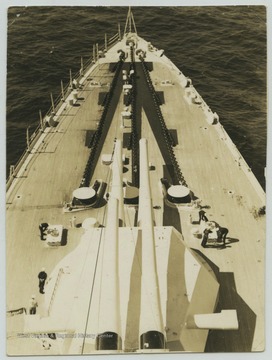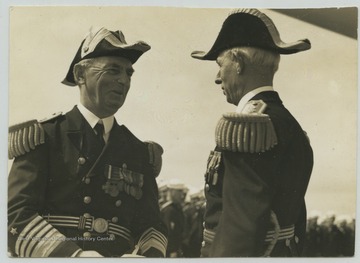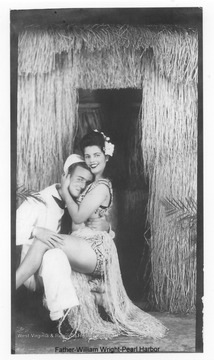Search Constraints
You searched for:
Medium
print
Remove constraint Medium: print
Projects
USS West Virginia
Remove constraint Projects: USS West Virginia
Projects
West Virginia History OnView
Remove constraint Projects: West Virginia History OnView
Topical Subjects
Battleships.
Remove constraint Topical Subjects: Battleships.
Topical Subjects
U.S.S. West Virginia.
Remove constraint Topical Subjects: U.S.S. West Virginia.
« Previous |
1 - 48 of 64
|
Next »
